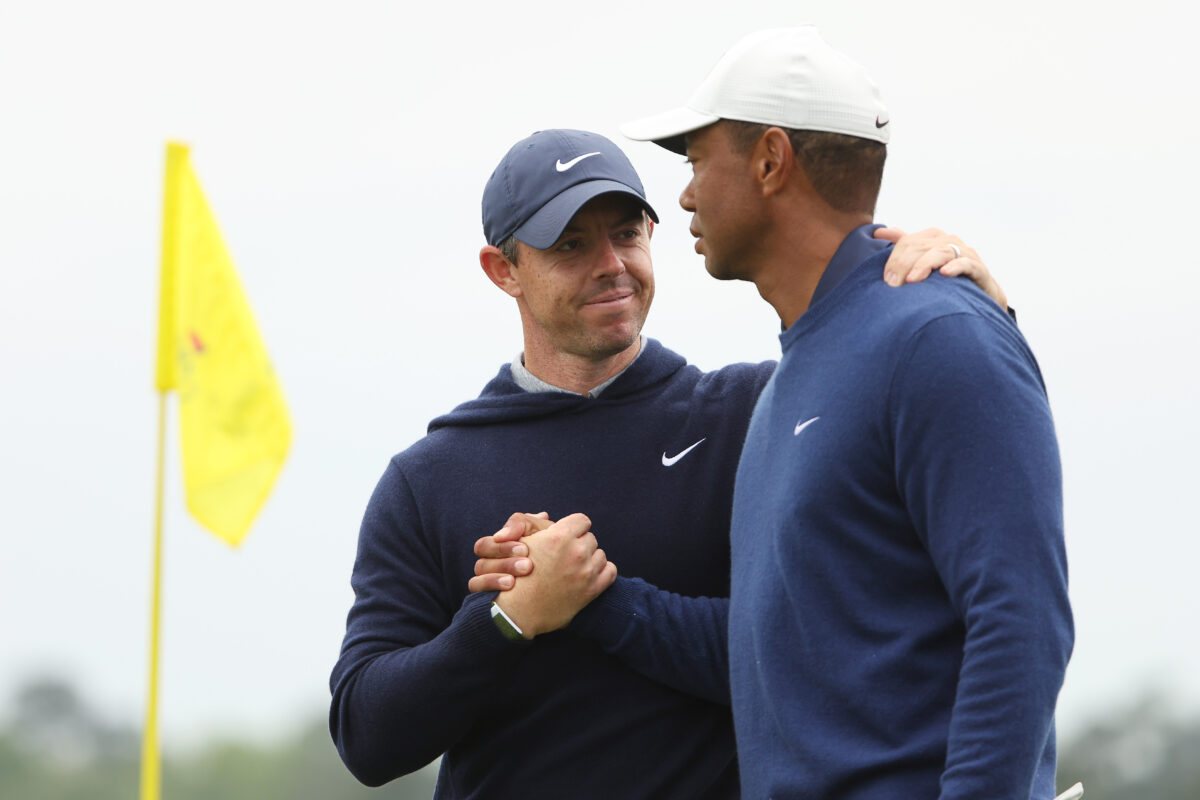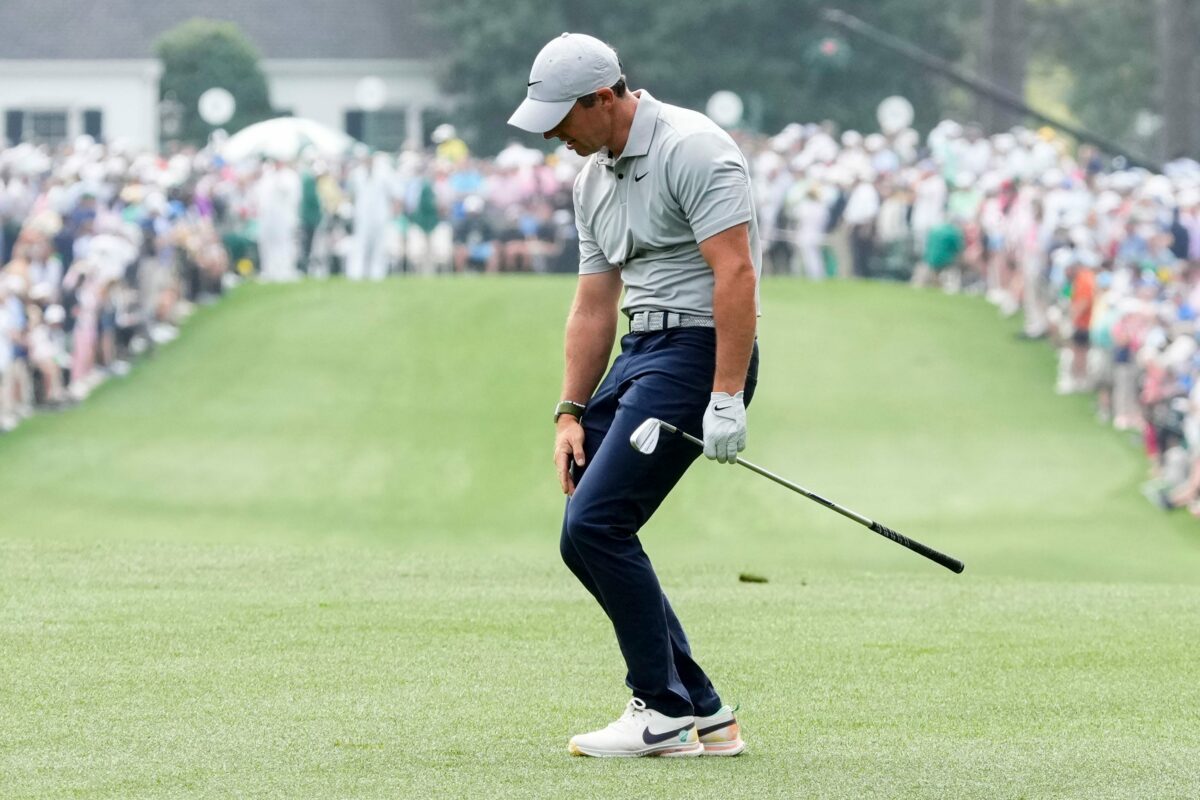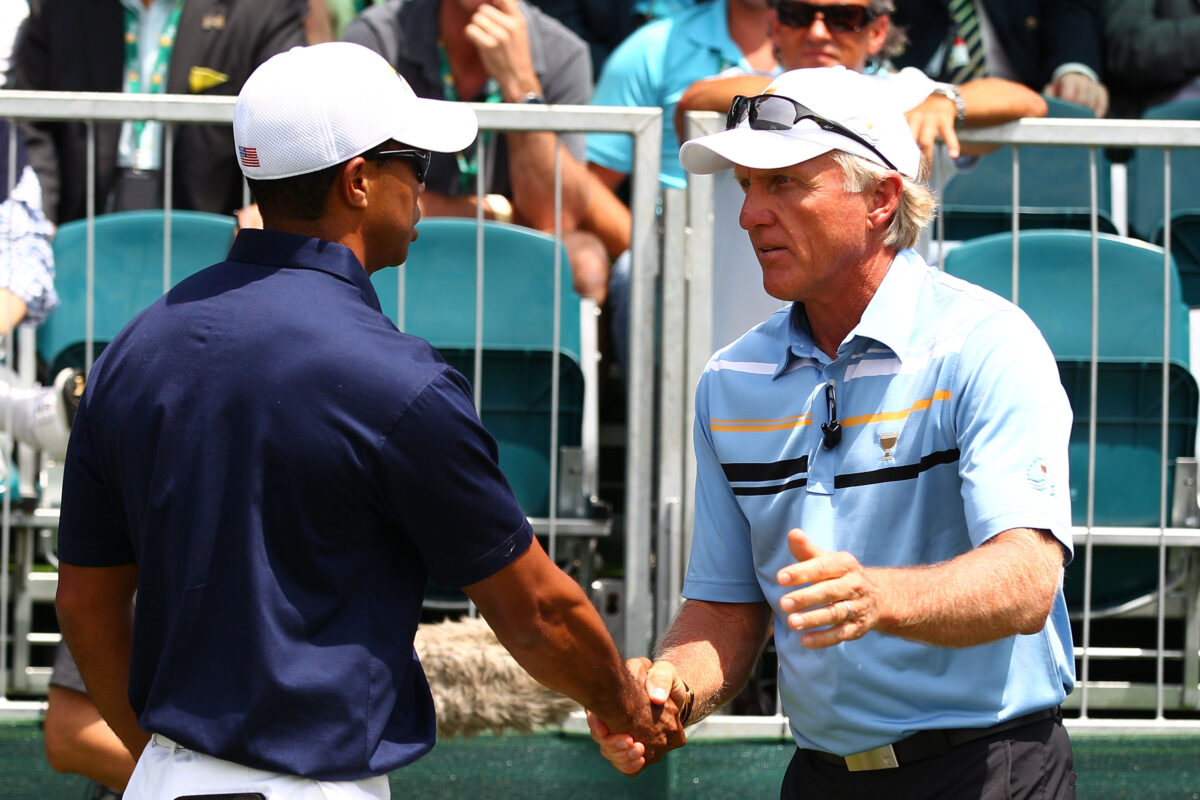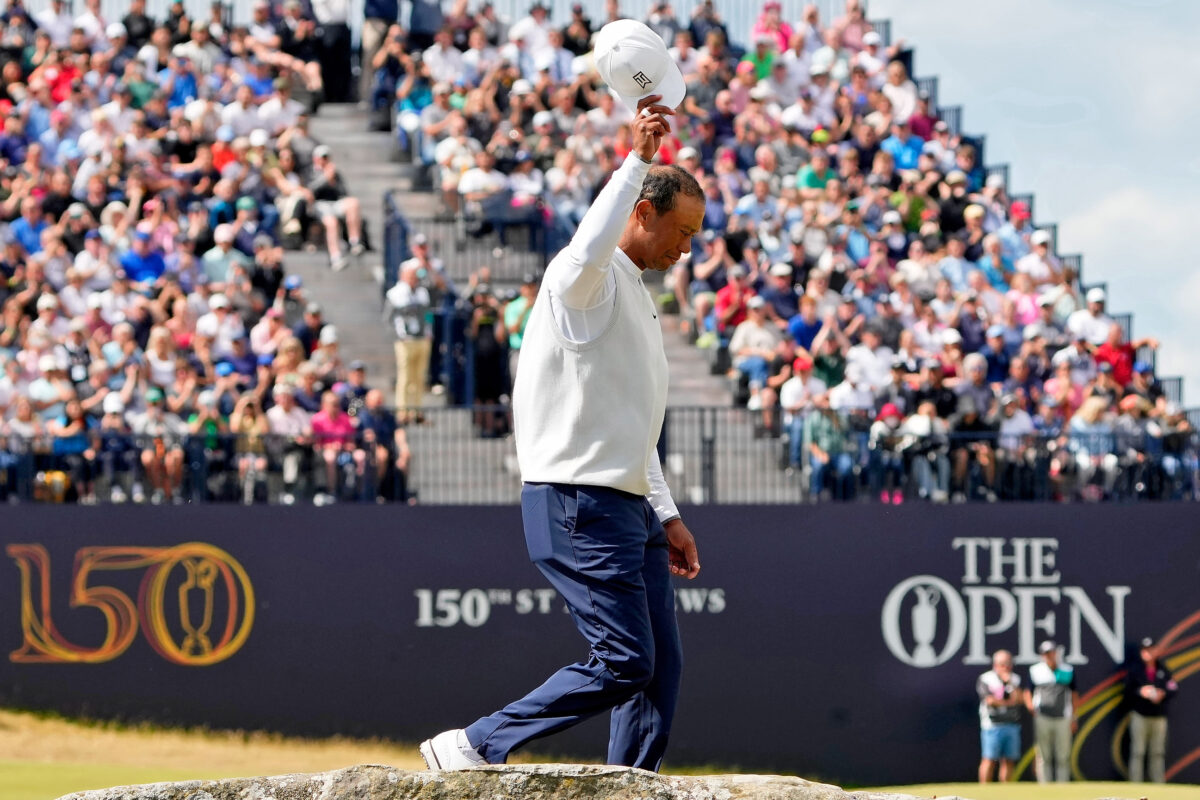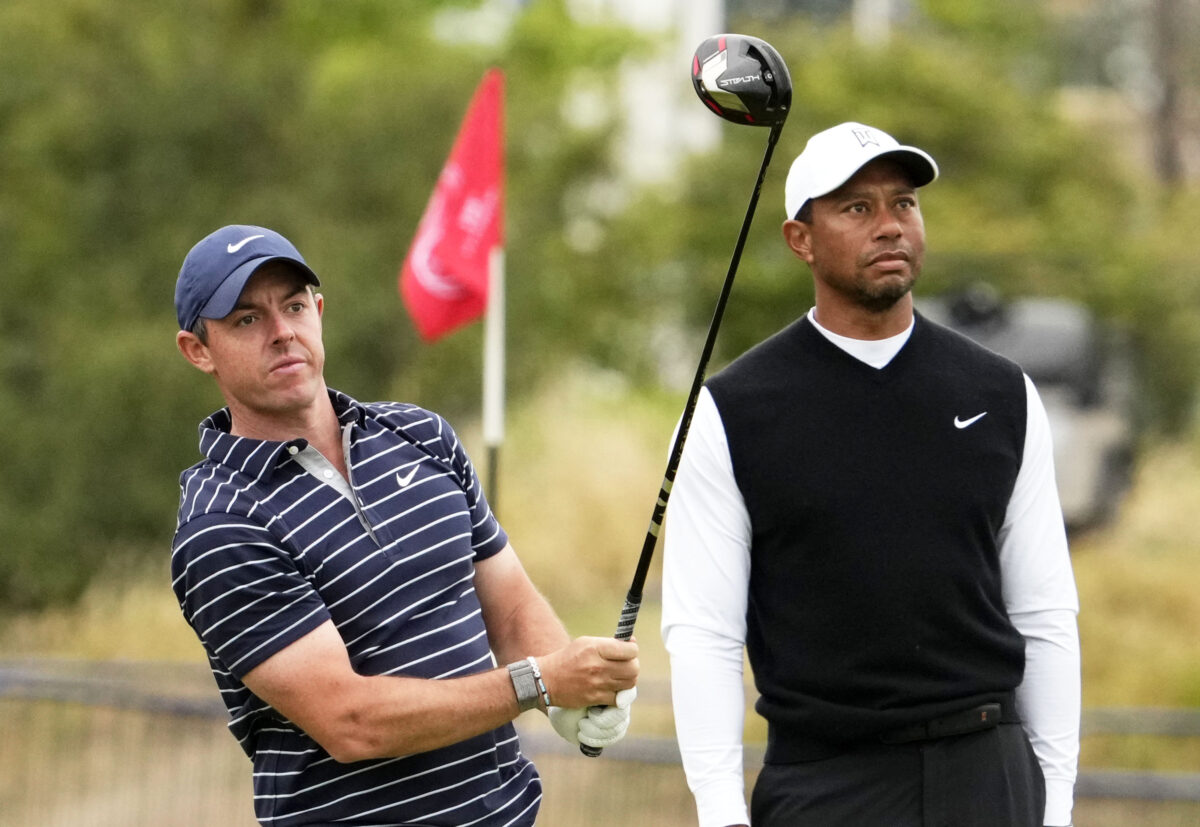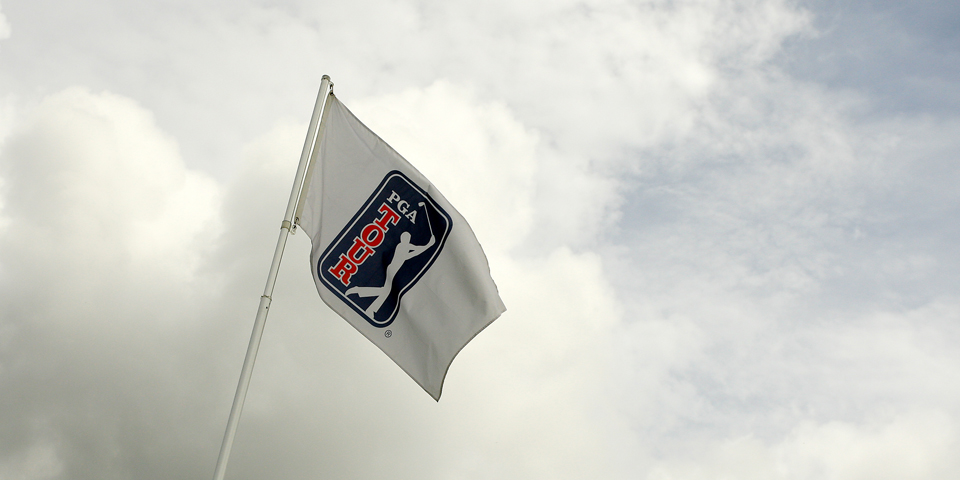Rory McIlroy may not have ended his major-less streak in 2023 but he did end Tiger Woods’s reign as the winner of the Player Impact Program.
In a memo sent to PGA Tour membership on Wednesday, McIlroy was revealed as driving the most engagement this season, banking $15 million out of a pot of $100 million distributed to the top 20 finishers.
The PIP was first introduced in 2020-21 and designed to reward members who – through objective measurement criteria – are shown to generate the most positive interest in the Tour. “The scoring model for the program is intended to be as objective as possible with the goal of quantifying the impact each player has on the PGA Tour,” Jason Gore, the Tour’s executive vice president and chief player officer, wrote in a memo.
Woods, who had won the PIP in the two previous years despite hardly playing at all, earned $12 million for finishing second and Jon Rahm, the winner of the Masters, finished third and made $9 million. Collin Morikawa, who had finished 11th in the previous two years, dropped to No. 14 but still made the same amount as No. 11 ($3 million). See the full list below.
Players will receive the first 75 percent of their money with their Sentry purse payment in January, and the remaining 25 percent will be distributed once a player completes his Player Impact Program Service Fulfillment, according to the memo.
For the 2022-23 season, MVP Index and Q-Score were removed and replaced by MARC General Population Awareness and MARC Golf Fan Awareness survey data in determining the rankings. The PIP was administered by and the results were certified by Grant Thornton.
The Tour announced in March that next year’s PIP will be reduced to $50 million, paid to the top 10 players, down from $100 million and 20 players, with the difference to be reallocated to the FedEx Cup bonus, Comcast Business Tour Top 10 and other player programs.
None of this sat well with Tour veteran Nate Lashley, who posted the memo on social media and wrote, “How many golf fans actually know what the PIP on the PGA Tour is? Would love to hear from golf/PGA fans if they think this $100 million was spent well? There’s 150-200 members of the PGA Tour and they just spent $100 million on 20 players. Seems a little ridiculous. Time for new leadership on the PGA Tour. This is an absolute kick in the face to the rest of the PGA Tour players.”
https://www.instagram.com/p/Cz-G_r5RDEc/?hl=en
2022-23 PIP standings and earnings
- Rory McIlroy — $15 million
- Tiger Woods — $12 million
- Jon Rahm — $9 million
- Jordan Spieth — $7.5 million
- Scottie Scheffler — $6 million
- Rickie Fowler — $5.5 million
- Viktor Hovland — $5 million
- Justin Thomas — $5 million
- Tommy Fleetwood — $5 million
- Max Homa — $5 million
- Xander Schauffele — $3 million
- Jason Day — $3 million
- Tony Finau — $3 million
- Collin Morikawa — $3 million
- Matt Fitzpatrick — $3 million
- Wyndham Clark — $2 million
- Cameron Young — $2 million
- Justin Rose — $2 million
- Patrick Cantlay — $2 million
- Brian Harman — $2 million
[lawrence-auto-related count=4 category=1375]
